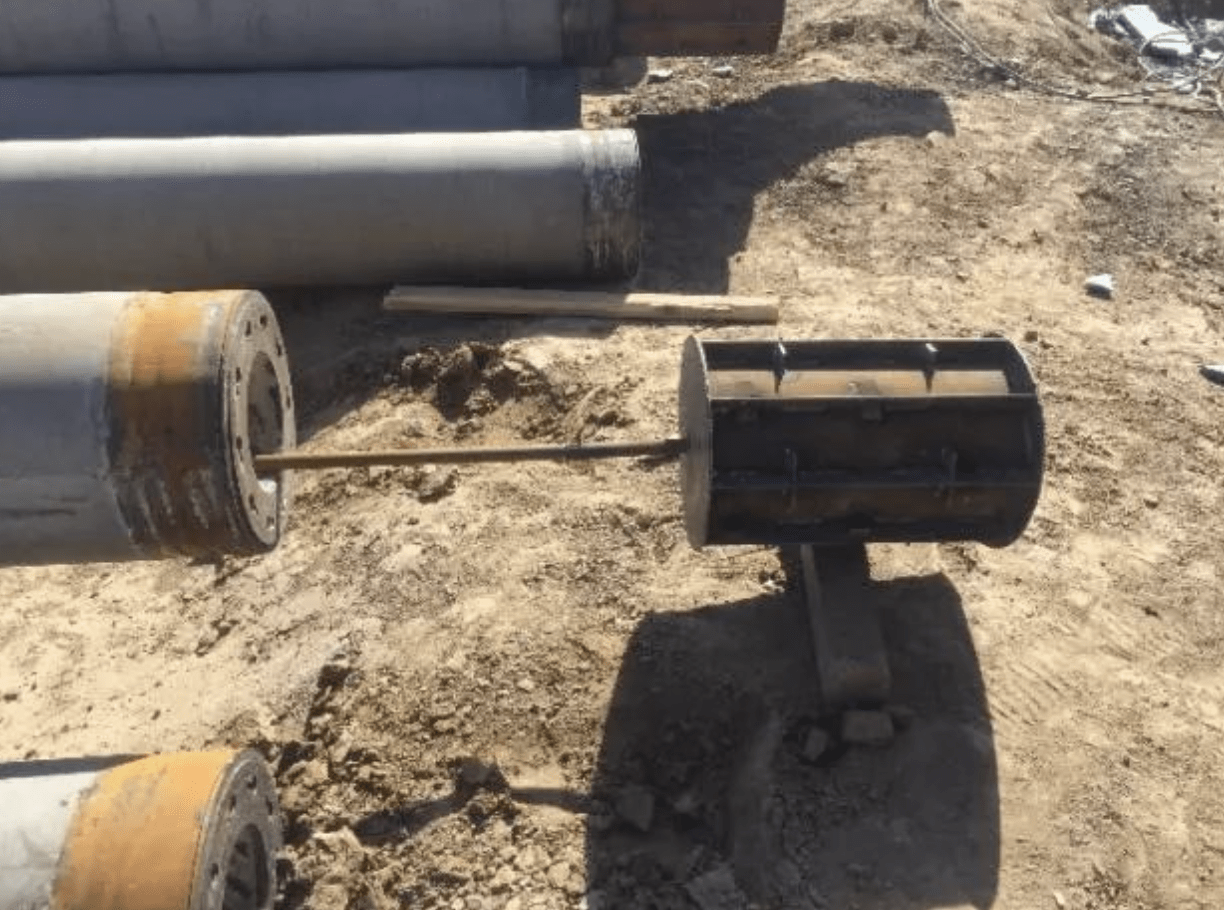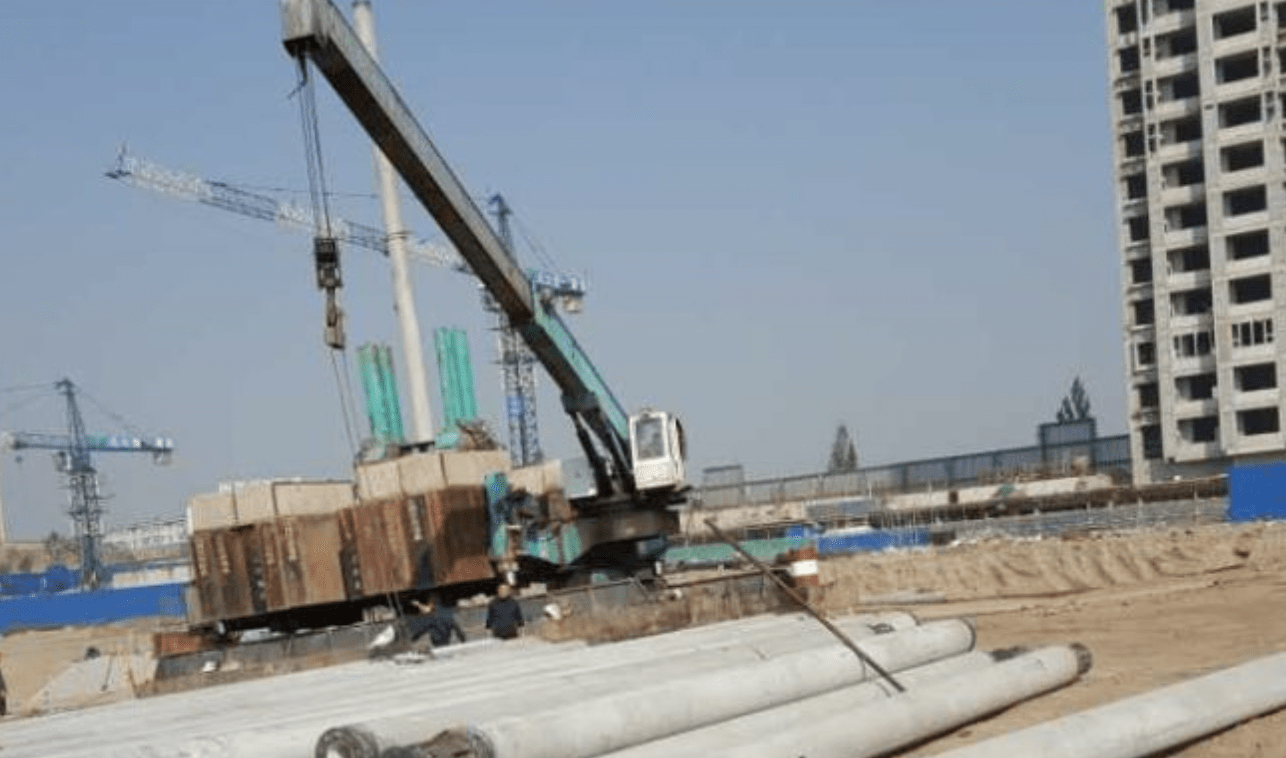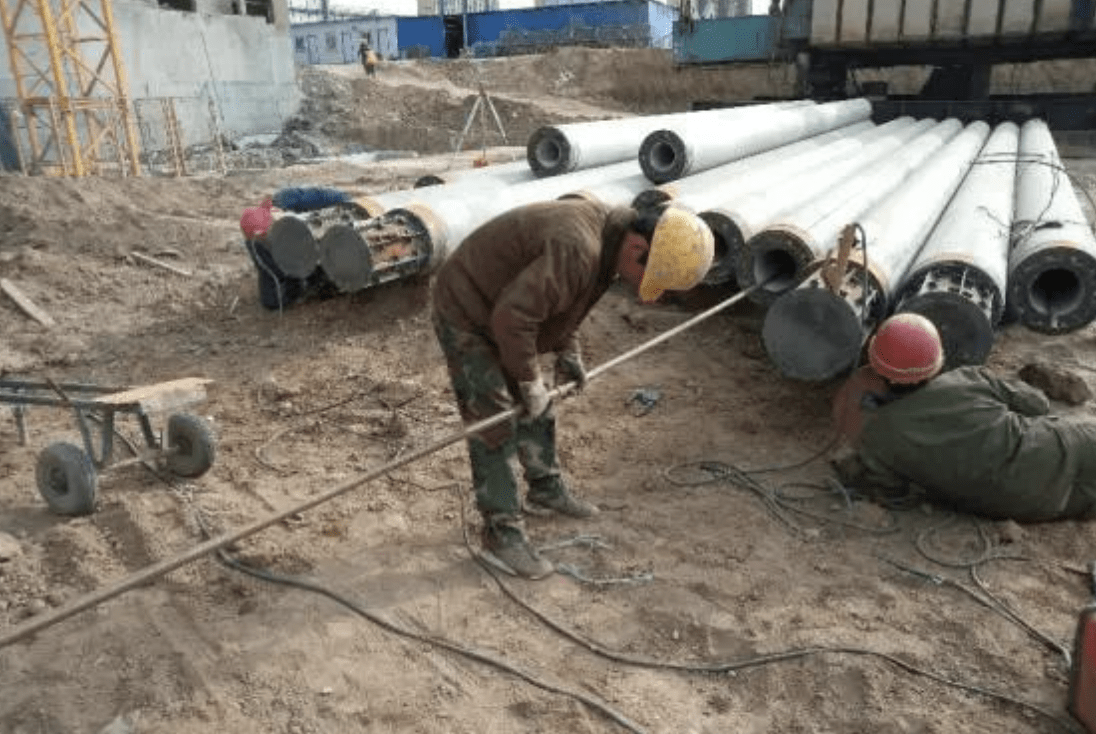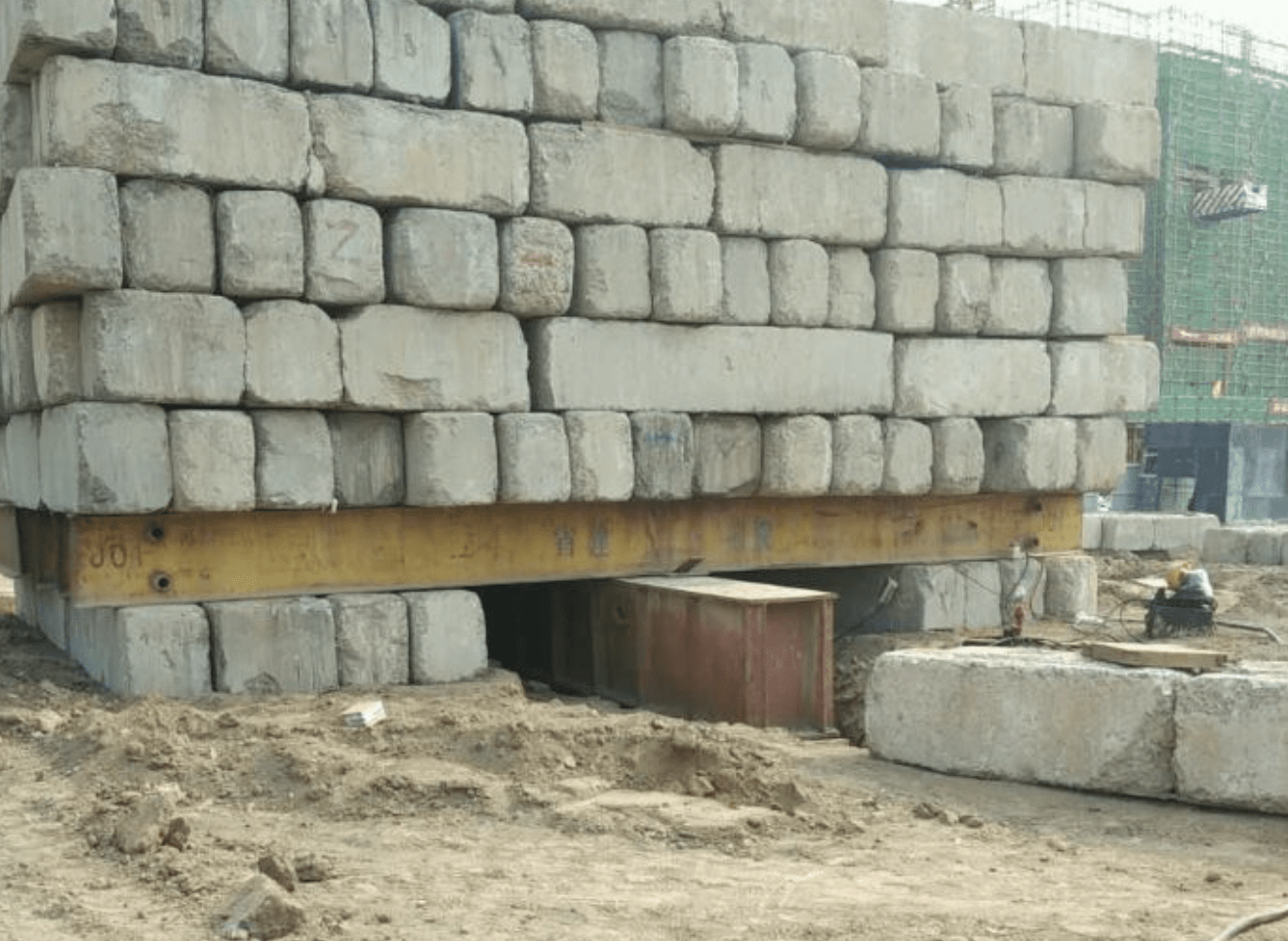Introduction
PHC (Prestressed High-strength Concrete) pipe piles are widely used in high-rise building foundations due to their high strength, rapid construction, and excellent load-bearing capacity. These piles significantly improve bearing capacity in loess-like silt, silty soil, gravelly silt, and silty clay layers. In densely populated areas, the silent jacking method reduces noise pollution effectively.
However, limitations emerge when bearing layers contain gravel strata or boulders—excessive pressure during installation may cause pile deflection or fracture. Inspired by post-grouting techniques in bored piles, we developed PHC pipe piles integrated with grouting devices. This innovative method:
- Reduces required pile length while meeting bearing requirements
- Avoids installation challenges in hard gravel layers
- Enhances environmental friendliness and material efficiency
- Accelerates project timelines

Key Features
- Bearing Capacity Enhancement: Post-grouting substantially increases the side friction resistance of end-bearing piles
- Construction Efficiency: Enables shorter pile lengths and flexible bearing layer selection
- Cost-Effective: Simple grouting device installation reduces overall project costs
Applications
Ideal Soil Types:
- Fill soil
- Soft clay
- Silt
- Clayey soil
- Gravelly soil
Unsuitable Conditions:
Technical Principles
4.1 PHC Pile with Grouting Mechanism
The system incorporates grouters at pile tips. After jacking piles to design elevation using static pressure:
- Final pressure values determine termination depth
- High-pressure grouting commences 48 hours post-installation
- The grout pump injects slurry through pre-installed ducts
4.2 Tip Grouting Effects
- Soil replacement and compaction at the pile tip
- Chemical reactions forming cemented mass
- Expanded bearing area through bulb formation
4.3 Shaft Grouting Benefits
- Fills soil-pile interface gaps
- Enhances shaft friction through permeation and compaction
- Reduces required pile length

Construction Methodology
5.1 Workflow
Expert论证 → Test piles → Load testing → Grouter fabrication → Installation → Duct setup → Positioning → Piling → Grouting → Curing → Inspection
5.2 Key Processes
Expert Review: Conducted for this pioneering application
Test Piles:
- PHC500-125AB piles with design strength 2700KN
- Earthquake load consideration: 4626KN
- Grouted piles showed 5155-5415KN capacity at 26m vs. 4833KN for 45m ungrouted piles
Grouting Device Fabrication:
- 12mm steel plate construction
- 42 grout holes minimum
- Internal gravel filling for compression resistance
Installation:
- Welded connection to the pile tip
- 25mm diameter grout pipes with threaded joints
Grouting Operation:
- Cement: PO42.5 (unexpired)
- Water-cement ratios:
- Saturated soil: 0.45-0.65
- Unsaturated: 0.7-0.9
- Loose gravel: 0.5-0.6
- Pressure control: 1.5-2.5MPa (3MPa peak)
- Termination criteria: 2t cement consumption or 3MPa for 5+ minutes
Quality Control
6.1 Standards Compliance
- GB50202-2002 (Foundation engineering)
- JGJ94-2008 (Pile technical code)
- DGJ32TJ190-2010 (PHC pile specification)
6.2 Management Systems
- Three-level inspection regime
- Quality responsibility tracking
- Construction “50 Effect” management
Safety Measures
- Dedicated safety officers
- Daily equipment checks
- Welding operation protections
- Crane operation zoning
Economic Benefits
Cost Comparison:
- 26m grouted pile: ¥6,440 (including ¥1,760 grouting cost)
- 45m conventional pile: ¥8,100
Project Savings:
2,235 piles × (¥8,100 – ¥6,440) = ¥3.71 million
This advanced grouting technology demonstrates significant technical and economic advantages for PHC pile foundations in suitable geological conditions.



